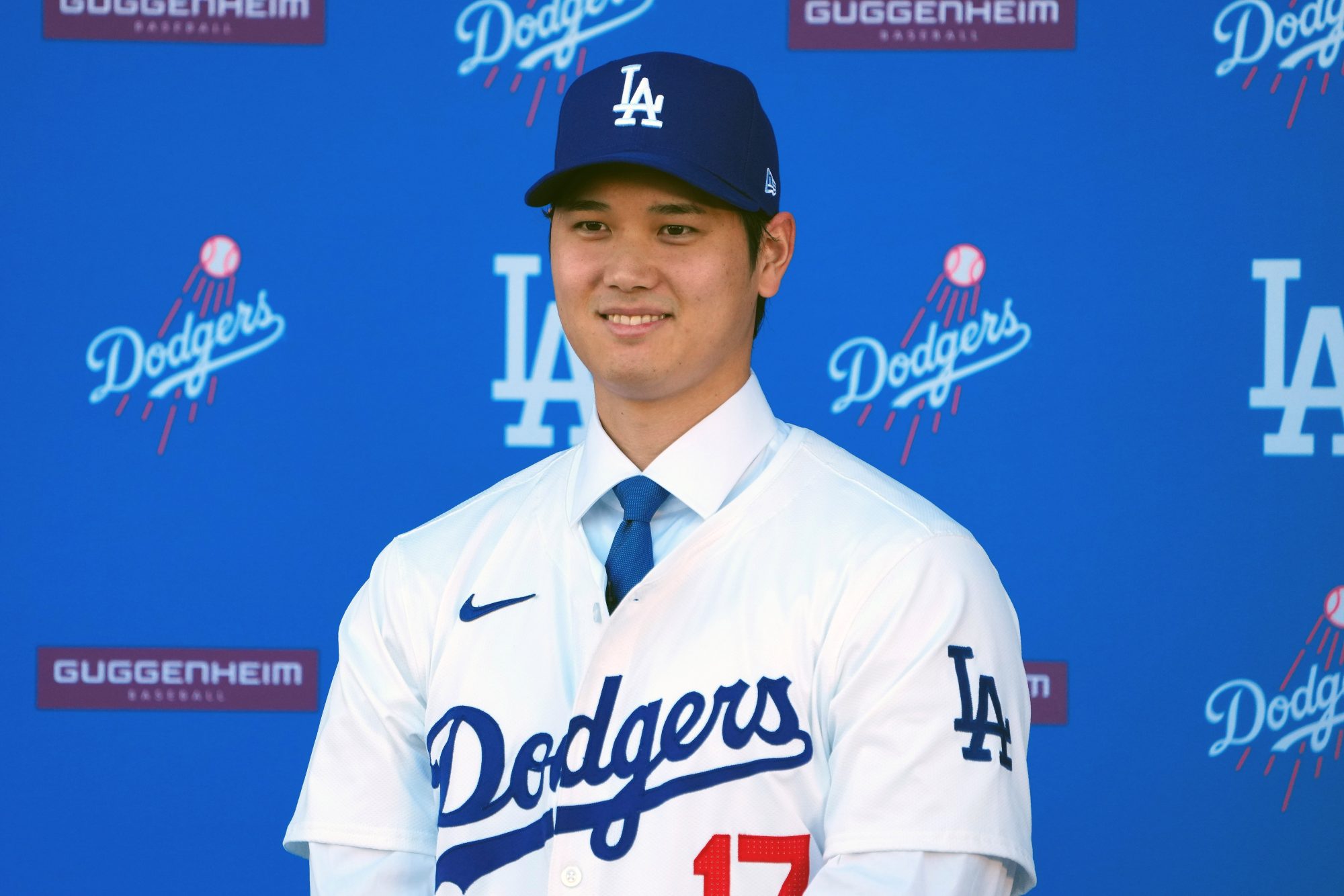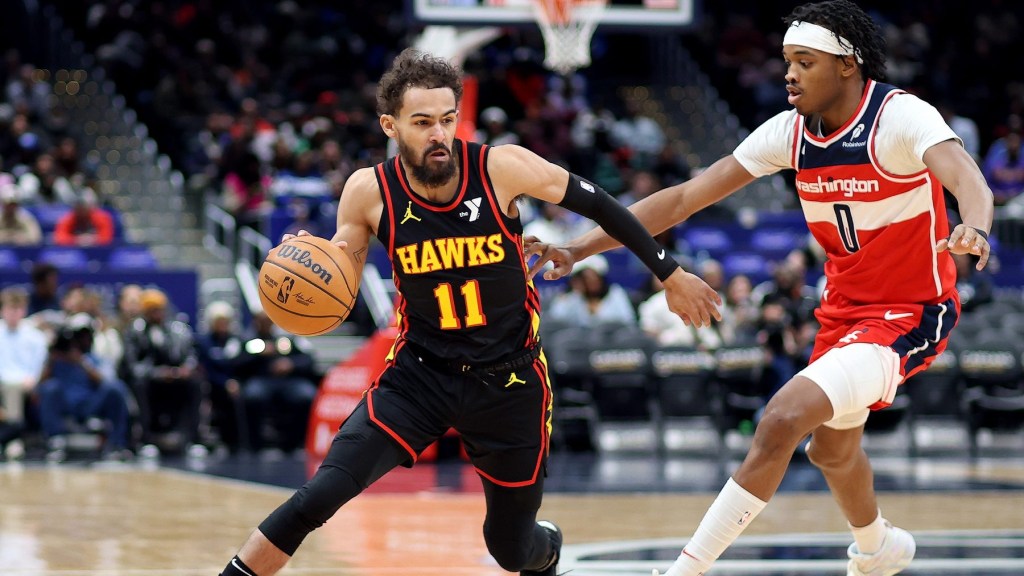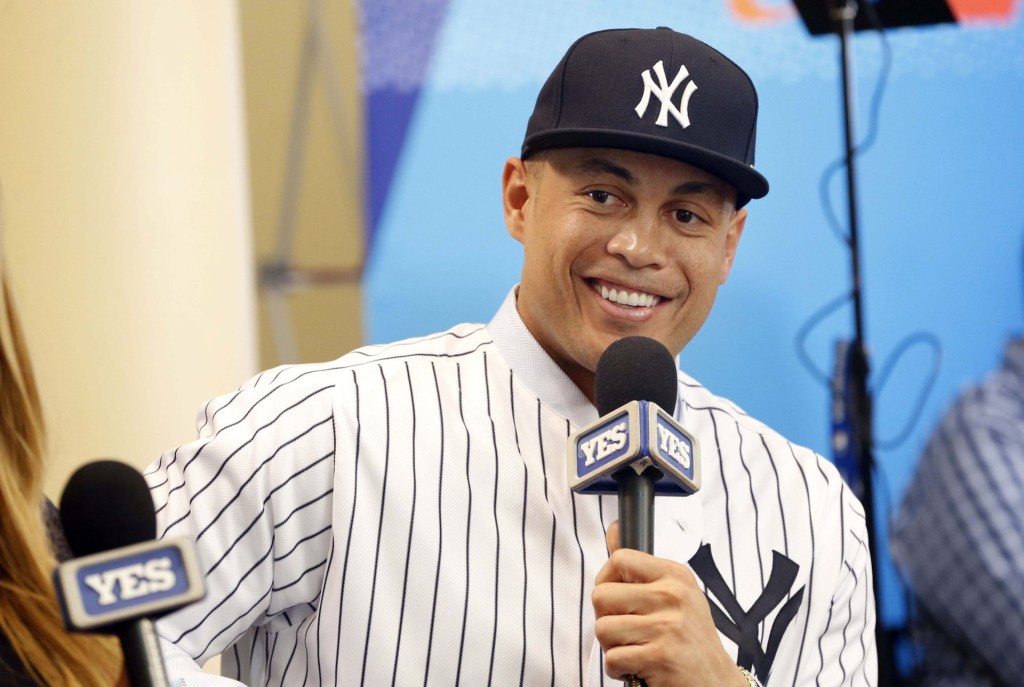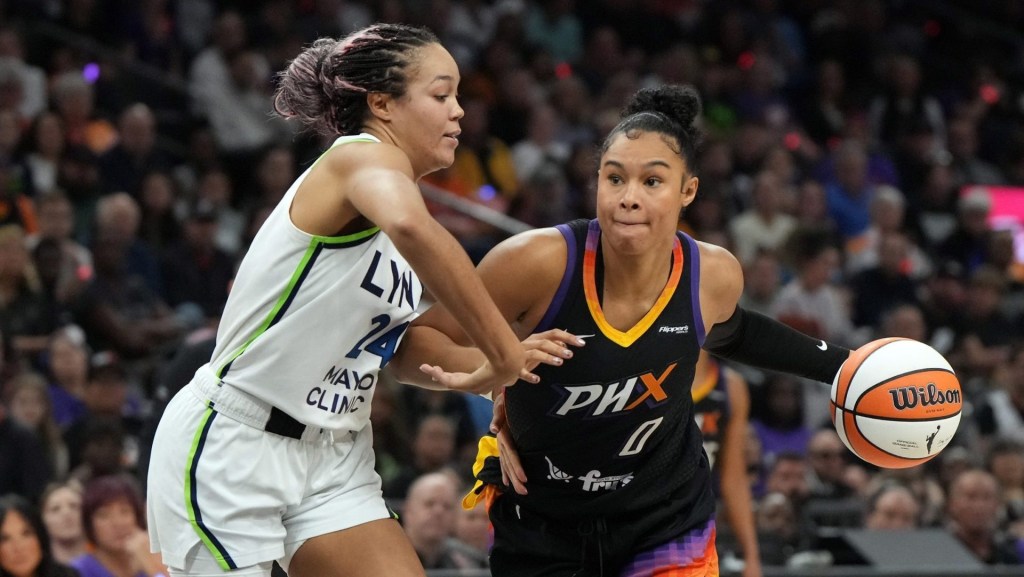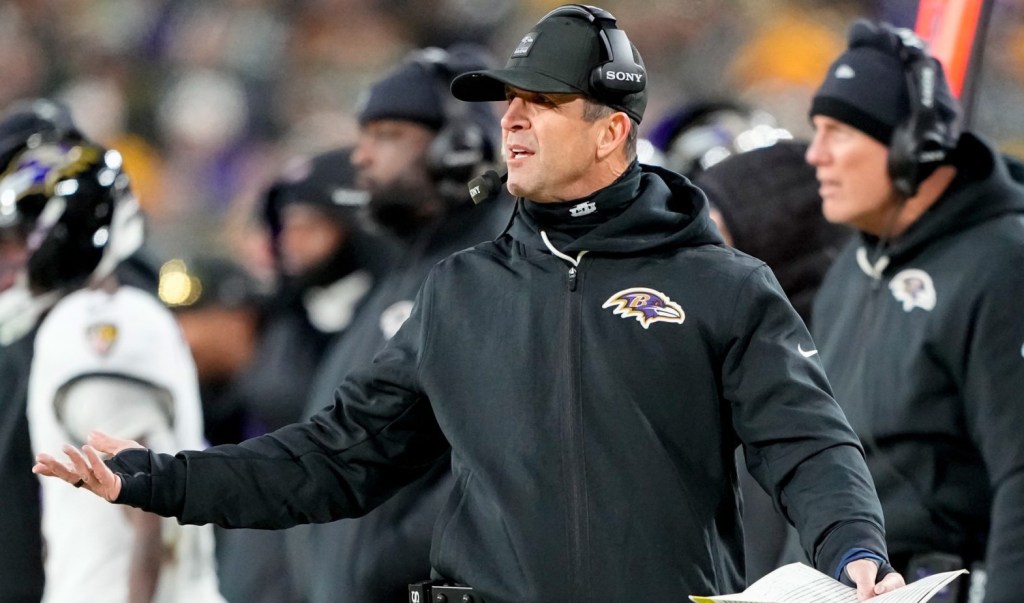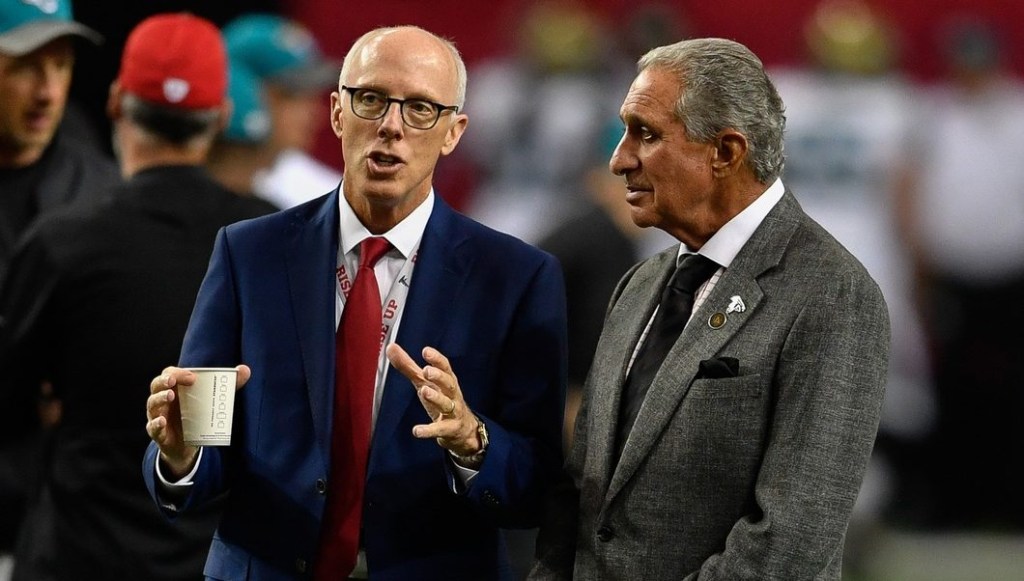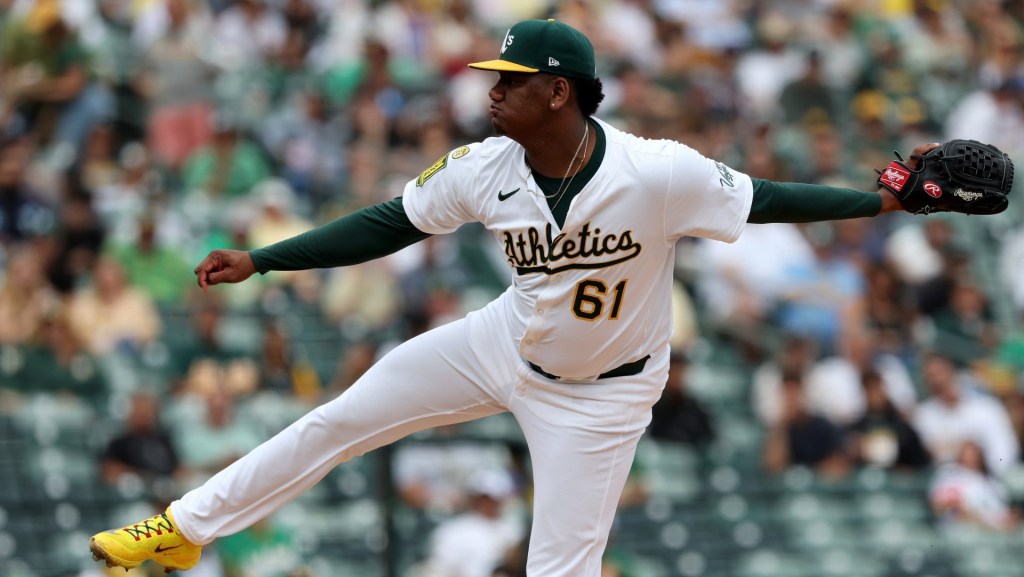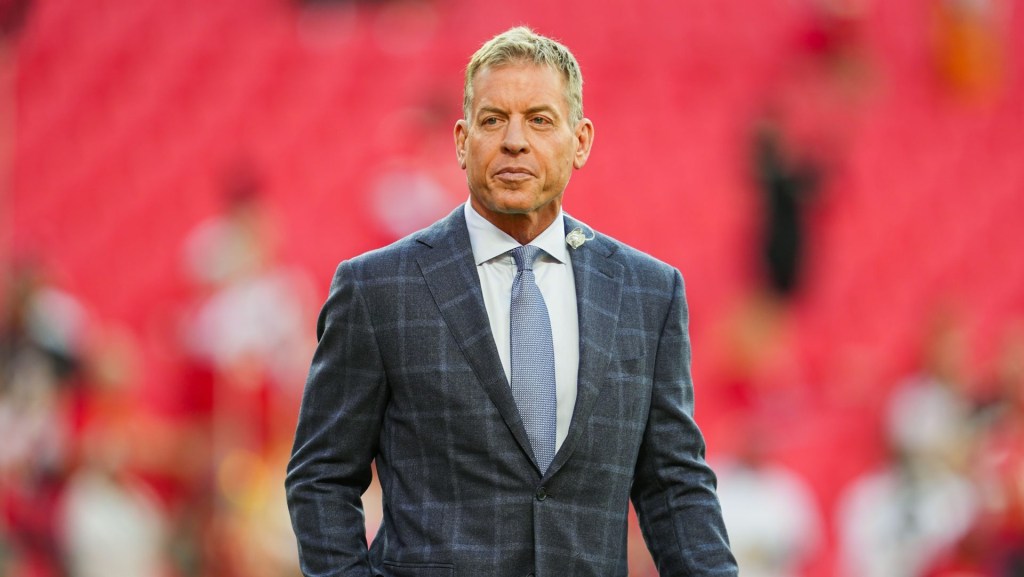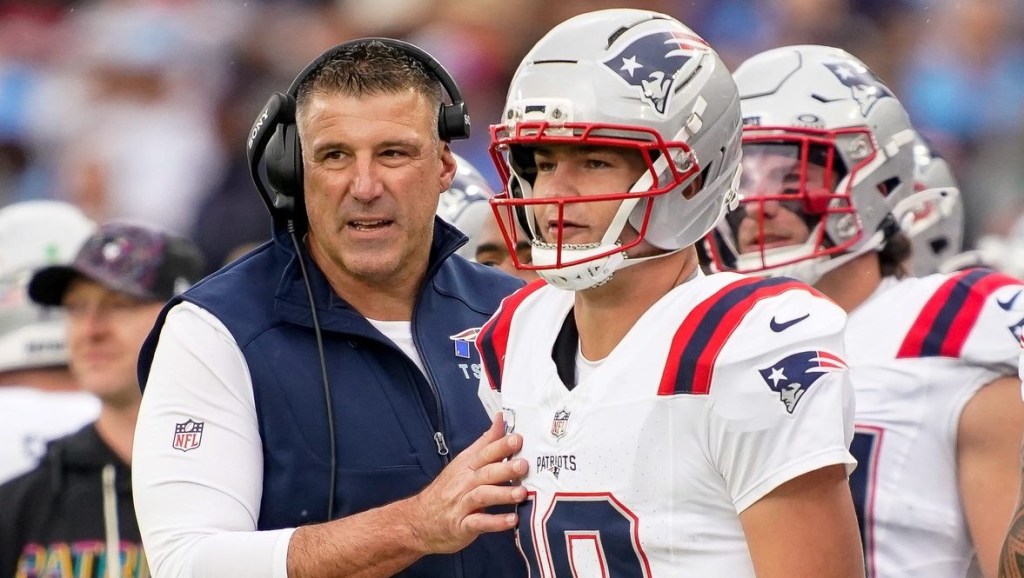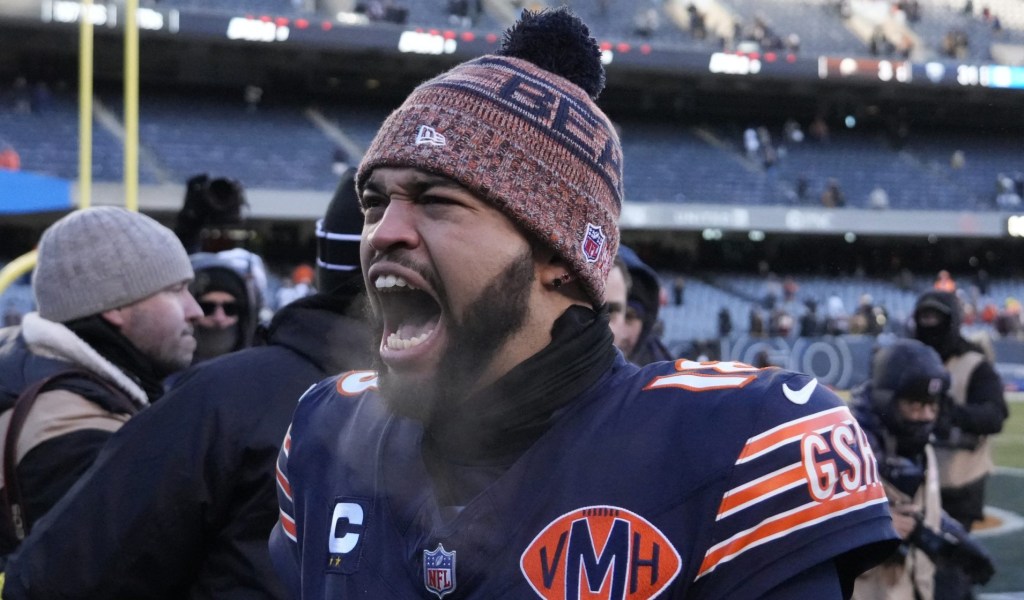Over the weekend, the Los Angeles Dodgers made another free-agent signing, this time bringing in Seattle Mariners outfielder Teoscar Hernández on a one-year, $23.5 million deal. On the surface, it’s a fairly low-stakes transaction, even if Hernández is a former all-star.
The agreement, however, pushes the team’s offseason spending commitments to more than $1.2 billion when including free-agent deals for two-way phenom Shohei Ohtani, pitchers Yoshinobu Yamamoto and Joe Kelly, a five-year contract extension for pitcher Tyler Glasnow, and several other smaller deals. And that’s not including the nearly $51 million posting fee also being paid to Yamamoto’s former Japanese team. The Dodgers’ offseason spending roughly equals that of the other 29 MLB teams combined.
The deal has helped reignite commentary among fans and some team executives surrounding an MLB salary cap. It’s a long-discussed concept that has been resisted by the MLB Players Association just as long.
“Even MLB: The Show won’t allow you to construct this roster,” said The Athletic’s Jake Ciely on X, referring to the baseball video game.
The Dodgers, however, remain fully compliant with the collective bargaining agreement, both with the current expenditures and the $680 million in salary deferrals in Ohtani’s $700 million contract. The team’s current projected 2024 payroll of about $300 million is slated to bring the Dodgers into the fourth tier of MLB’s luxury tax, colloquially known as the “Cohen tier,” in reference to high-spending New York Mets owner Steve Cohen.
Because the Dodgers are a repeat luxury tax payer, they are slated to incur a 110% tax on any payroll above $297 million, in addition to lower tax rates on payroll spending below that figure but above the luxury tax threshold. Overall, the Dodgers are in line to pay more than $40 million in luxury taxes for 2024.
